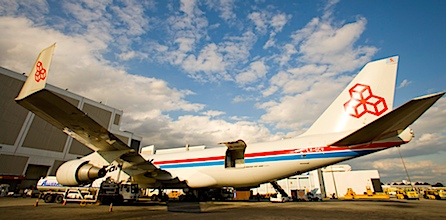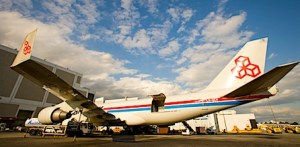The third installment of “Upgrading NYC” covers wireless infrastructure improvements at JFK International Airport.
John F. Kennedy International Airport is a symbol of the Jet Age, but it has been criticized in the past for not adequately joining the Internet Age.
In September, the Global Gateway Alliance, founded by developer Joseph Sitt of Thor Equities, began pressuring the Port Authority of New York & New Jersey, which operates the airport, to extend free wireless service for all passengers. Currently, travelers have to pay $4.95 per hour or $7.95 per day under a network operated by Los Angeles-based Boingo Wireless, which signed a 15-year contract in 1999 to run the system.
The effort to have free wireless was also supported by New York’s governor, Andrew Cuomo.
“As we prepare to transform JFK and LaGuardia into the internationally renowned airports that New Yorkers deserve, access to free Wi-Fi is one area where we can make quick progress,” Mr. Cuomo said in a statement. “New York’s airports have lagged behind their competitors for too long—and my administration simply will not allow our major transit hubs to be anything less than first class.”
Last week, the Port Authority voted to give passengers free wireless access for the first 30 minutes under a new agreement with Boingo, whose contract will be up for renewal in August. The agreement will also provide limited free wireless access at Newark Liberty International, LaGuardia and Stewart International Airports. ==
A Boingo subsidy will invest an estimated $3.8 million in additional hardware and software to support the upgrades across the four airports, according to the Port Authority.
Boingo had already begun the process of upgrading JFK’s wireless system in the first half of 2013, in partnership with AT&T. The new system will improve both data and voice access.
“It was old, antiquated,” Jim Hormann, vice president for network planning and engineering at AT&T, said of the old system.
AT&T decided to install a new distributed antennae system, consisting of 471 antennas in 150 locations, along with 122 remotes that connect them to a central hub location. Antennas are installed strategically to be near high-traffic areas, Mr. Hormann said. At the same time, the equipment is often hidden, using designs such as false ceilings.
“The airport really wants us to be as inconspicuous as possible,” he said.
The upgrades at JFK reflect a greater trend of building landlords focusing on improving wireless access in their buildings. Mr. Hormann has also worked with major office landlords like Boston Properties to improve wireless in skyscrapers. In those buildings, the challenge is negotiating a lease and finding enough space to install equipment, and work can be done in off hours when tenants are gone. But with around-the-clock activity at JFK, it was a challenge finding the time to install the equipment, Mr. Hormann said.
However, the Port Authority recognized that it was time for JFK to become modernized.
“They know their customers demand a seamless wireless experience and view it as essential,” Mr. Hormann noted.




